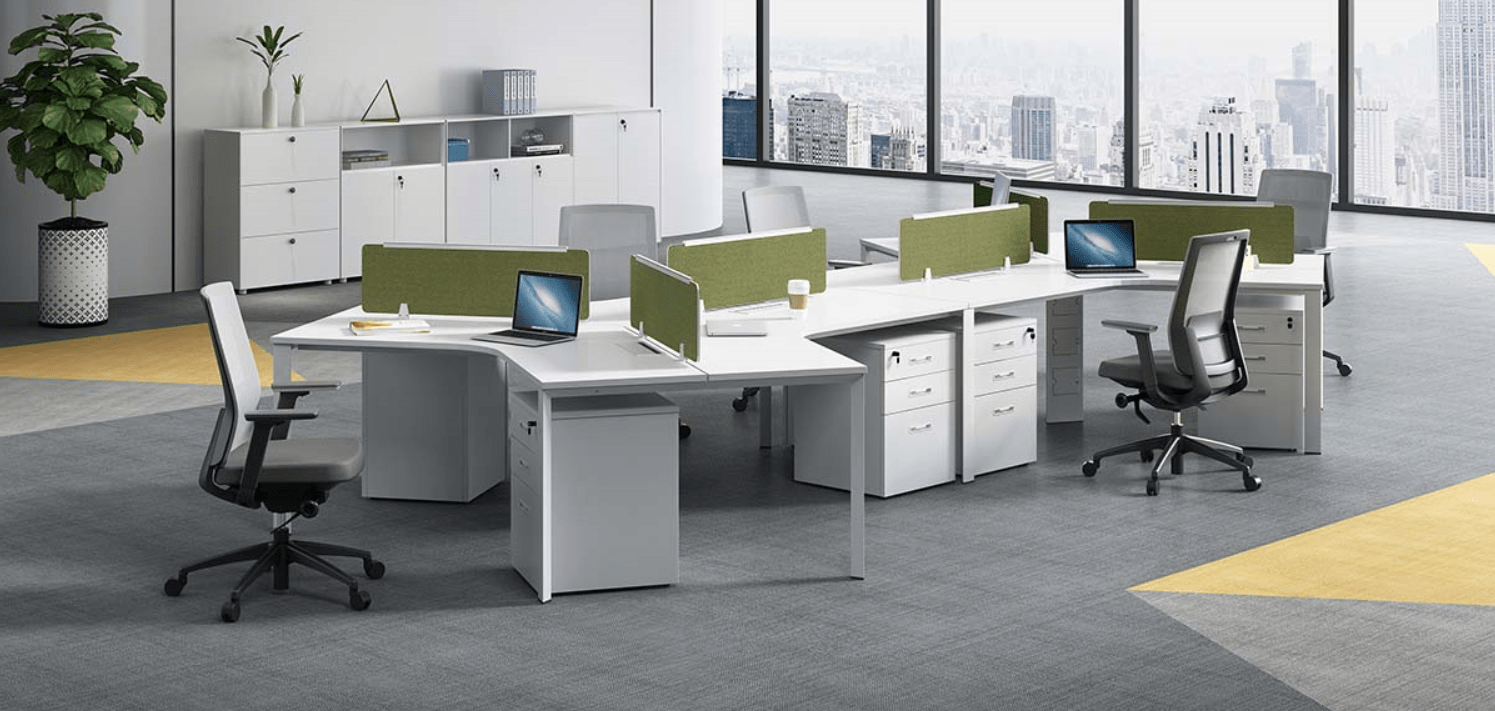Yes, European style desks can be very useful in many ways. These desks typically have a larger work surface and more storage options than traditional American-style desks, which makes them great for a variety of activities.
Here are some ways a European style desk can be useful:
Work: The large work surface of a European style desk can provide ample space for a computer, paperwork, and other necessary tools. The additional storage options can also help keep your workspace organized and efficient.
Study: European style desks are also great for students as they can provide a lot of space for textbooks, notes, and other study materials. The additional storage options can also help keep things organized and easy to find.
Art and Crafting: The large work surface of a European style desk is perfect for artists and crafters who need space for their supplies and tools. The additional storage options can also help keep things organized and within reach.
Gaming: European style desks are also popular among gamers who need a lot of space for their computer equipment and gaming accessories. european style desk The additional storage options can also help keep gaming gear organized and tidy.
Home Office: Many people are now working from home, and a European style desk can be a great addition to a home office. The large work surface and storage options can help you stay organized and productive.
Overall, a European style desk is a versatile piece of furniture that can be useful for many different activities.
European style desk Furniture Historical Comparison
The European style desk has a long and fascinating history that has evolved over many centuries. Let’s compare the historical evolution of the European style desk with other styles of furniture.
Ancient Furniture: The ancient Egyptians, Greeks, and Romans used various types of tables and desks, but they were typically small and simple. These early desks were primarily used for writing or reading and were made of wood or stone.
Medieval Furniture: In the Middle Ages, desks were typically part of larger pieces of furniture, such as chests or cabinets. These desks were often elaborately carved and decorated, and they were used for writing, reading, and other clerical tasks.
Renaissance Furniture: During the Renaissance, desks became more sophisticated and were designed to be standalone pieces of furniture. These desks were often very ornate, with intricate carvings and decorations. They were also larger than earlier desks and had more drawers and storage compartments.
Baroque Furniture: In the Baroque period, desks became even more ornate and were often decorated with gold leaf and other precious materials. These desks were often designed to be the centerpiece of a room and were intended to impress visitors with their opulence.
Rococo Furniture: The Rococo period saw a shift away from the heavy, ornate style of the Baroque period. Desks became lighter and more delicate, with curved lines and elaborate scrollwork. They were often painted in light colors and decorated with floral motifs.
Neoclassical Furniture: The Neoclassical period was a return to the classicism of ancient Greece and Rome. Desks from this period were often simple and elegant, with straight lines and minimal decoration. They were typically made of wood and had a polished finish.
Modern Furniture: In the 20th century, desks became more functional and less decorative. European style desks became more streamlined and were designed to accommodate new technologies, such as typewriters and computers. They were often made of metal and glass and had a minimalist aesthetic.
In summary, the European style desk has a rich history that has evolved over many centuries. From the simple desks of the ancient world to the ornate desks of the Baroque period, and finally to the functional and minimalist desks of the modern era, the European style desk has undergone many changes but has remained a versatile and useful piece of furniture.

